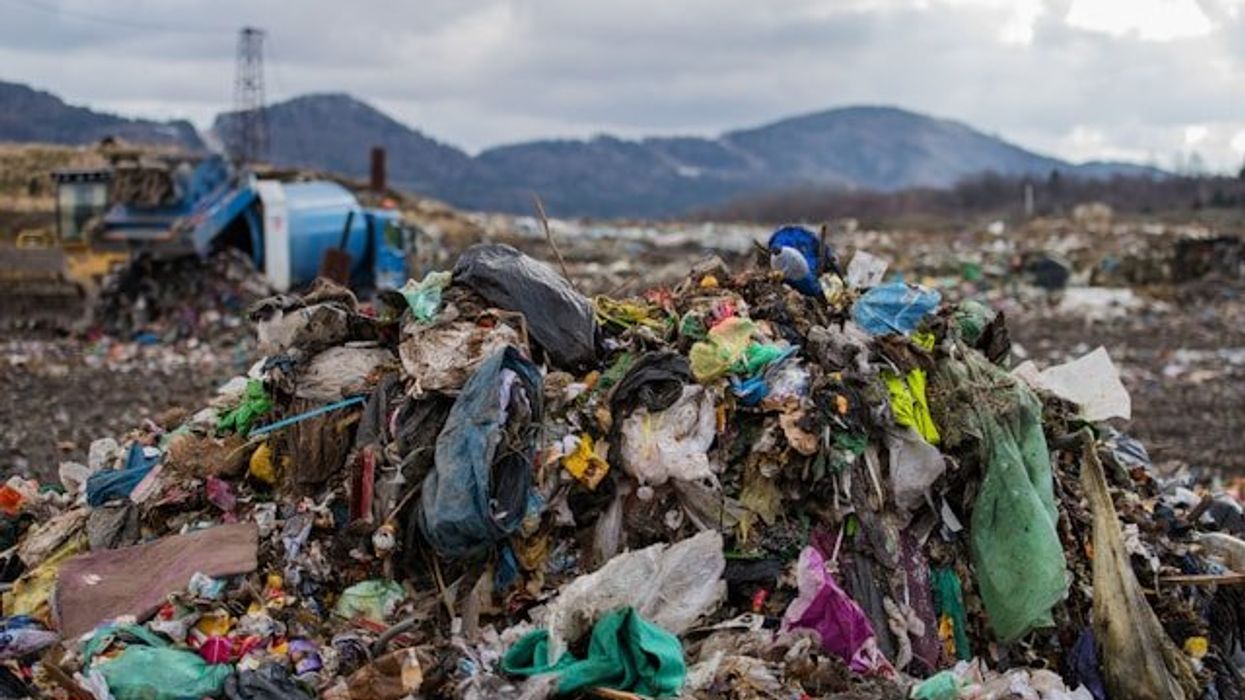Pregnant women exposed to chemicals in clothing dyes and plastics faced increased odds of developing gestational diabetes, particularly when carrying male fetuses, according to new research.
Brian Bienkowski reports for The New Lede.
In short:
- A study of 607 pregnant women in San Francisco linked o-anisidine — a dye chemical found in clothing — to an 18% higher risk of gestational diabetes among those carrying male fetuses.
- Researchers also found melamine, a compound used in plastic products, in every urine sample tested; exposure was associated with an 8% higher risk of gestational diabetes.
- Women who reported high levels of perceived stress or discrimination faced even greater risk, with odds increasing by 41% and 133%, respectively.
Key quote:
“The clothes people wear shouldn’t come with this hidden risk to their health.”
— Emily Lasher, lead author and science associate at the Program on Reproductive Health and the Environment
Why this matters:
Gestational diabetes lays groundwork for lifelong health problems in mothers and their children. The study’s findings reinforce concerns about everyday exposure to synthetic chemicals, many of which go unregulated despite being linked to hormone disruption, oxidative stress, and even cancer. O-anisidine, widely used in dyes, and melamine, found in household plastics, are nearly impossible to avoid yet seldom tracked in health data. This adds to growing concerns about cumulative chemical exposure in daily life — particularly during sensitive times like pregnancy. The added layer of stress and discrimination amplifying risk speaks to how environmental and social determinants of health are deeply intertwined, with disproportionate impacts on already vulnerable populations.
Related: Trump’s tariffs helped fuel fast fashion’s global expansion instead of slowing it down














